How to improve air quality at home - it’s the big health issue nobody’s talking about
Experts reveal why indoor pollution matters and the simple ways to improve air quality at home
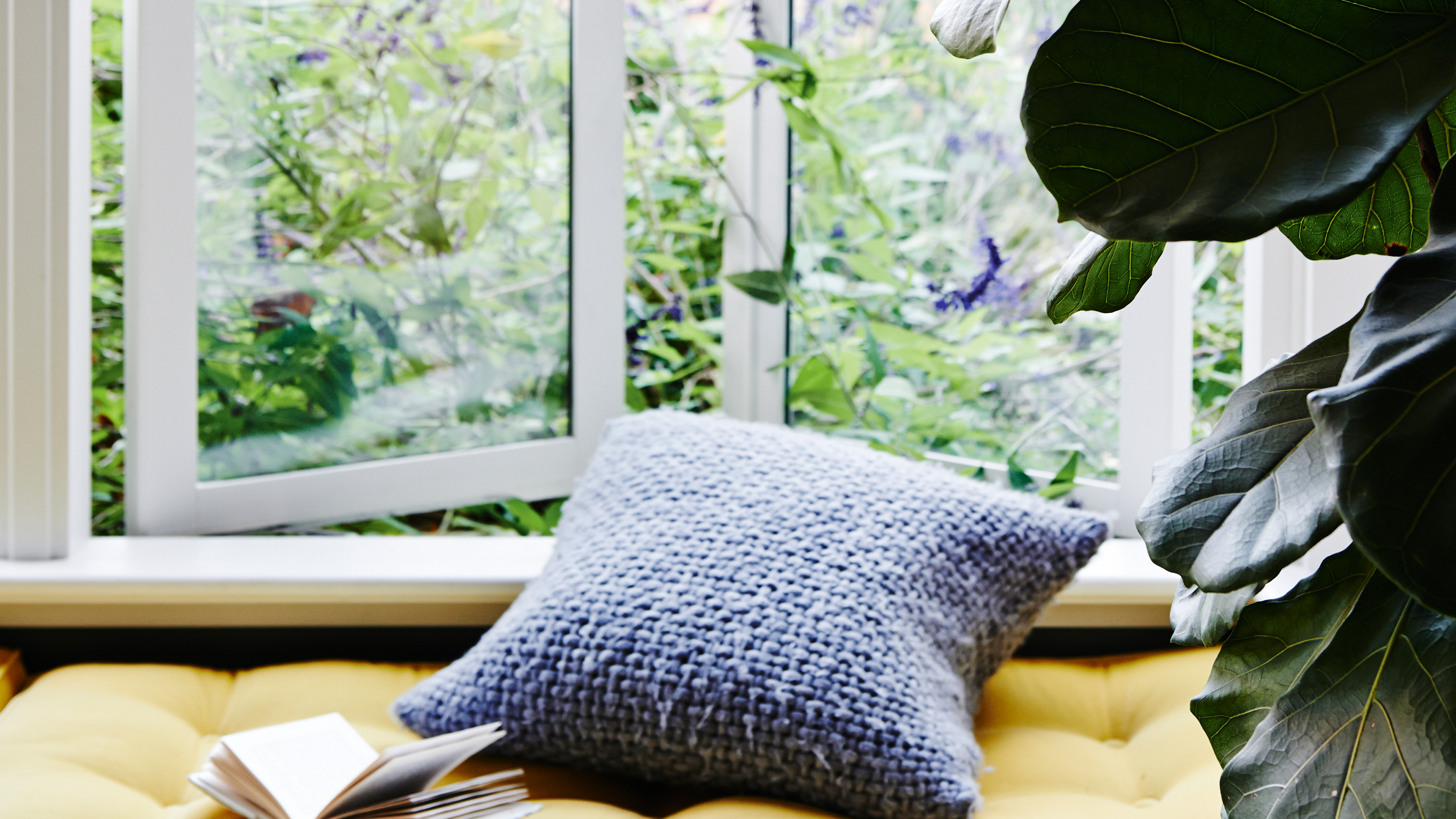


We’ve known for decades that air pollution is harmful to our health, but until recently more attention has been paid to the outdoor air we breathe than pollution generated within our homes. And while many of us have gotten into the habit of checking air quality at home, not many people know what they're looking for or how they can change the results.
‘As outdoor air quality improves in our towns and cities, indoor air pollution becomes a greater proportion of the problem of polluted air,' explains Professor Frank Kelly, head of the Environmental Research Group at London’s Imperial College.
'The effects of poor indoor air on health are less well understood compared to outdoor air quality, but there is evidence that poor indoor air quality can have adverse effects on health, such as increased risk of heart disease, stroke and respiratory infections.’
A 2020 report by the Royal College of Physicians explains, ‘Air quality changes from building to building, place to place, over time and in response to the activities taking place indoors. The main way people are exposed is by inhaling pollutants, but they can also be ingested or absorbed through the skin.’
Why is good air quality at home important?
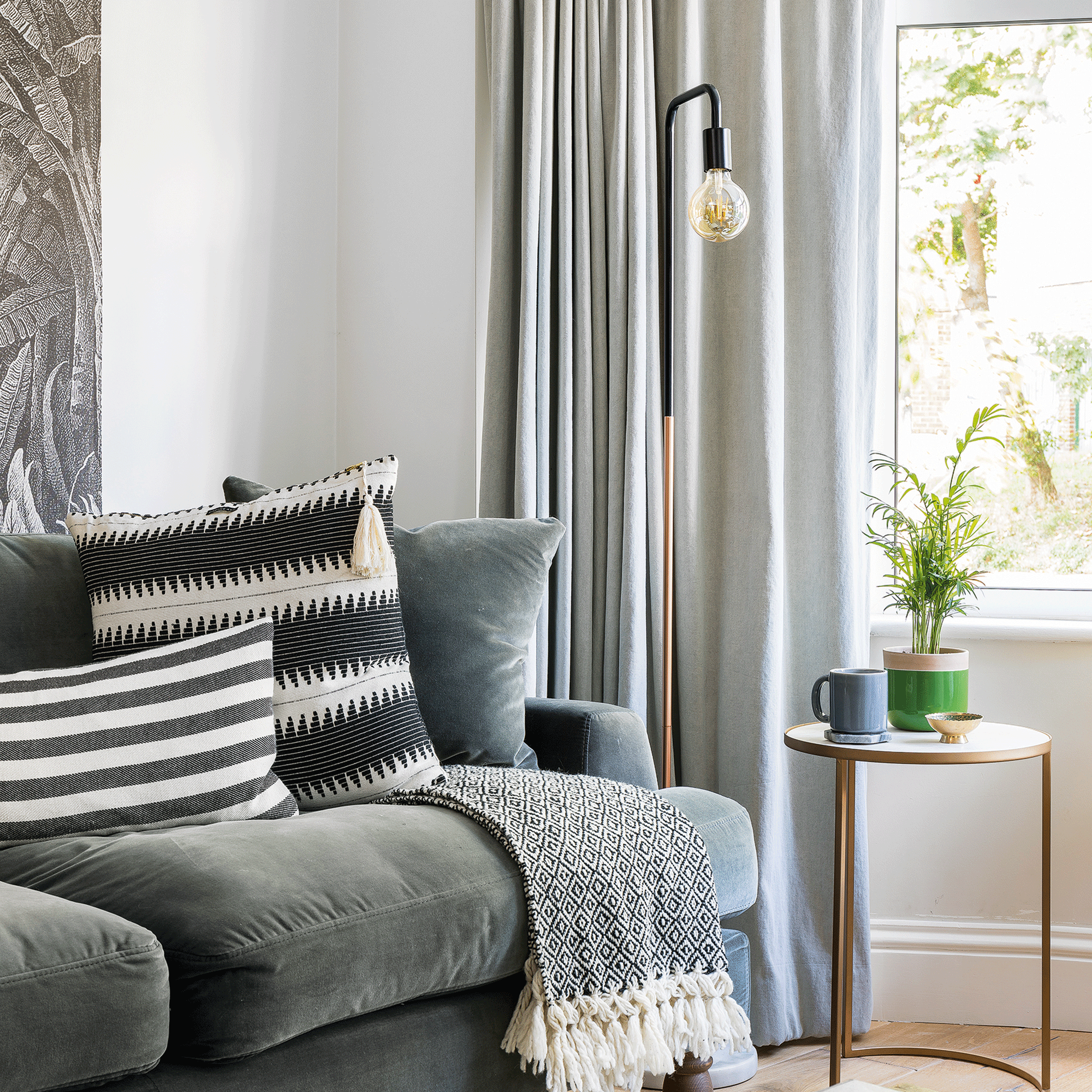
‘It’s important for the simple fact that we spend two thirds of our time in our homes on average,' reminds Nicola Carslaw, Professor in Indoor Air Chemistry at the University of York. 'It is the microenvironment where we spend the most time and so the quality of air that we breathe is important for our overall exposure.’
According to Professor Kelly, the short-term health effects associated with indoor pollutants include respiratory infections from mould, but in the long-term, there’s a multitude of health effects including asthma, allergic rhinitis, coughing and wheezing, cognitive impairment (in the case of carbon dioxide poisoning) and cancers – such as mesothelioma from asbestos and those caused by second-hand tobacco smoke. A YouGov study commissioned by Bluair, The Power of Clean Air, even found that air pollution affects the quality of our sleep.
Types of indoor air pollution
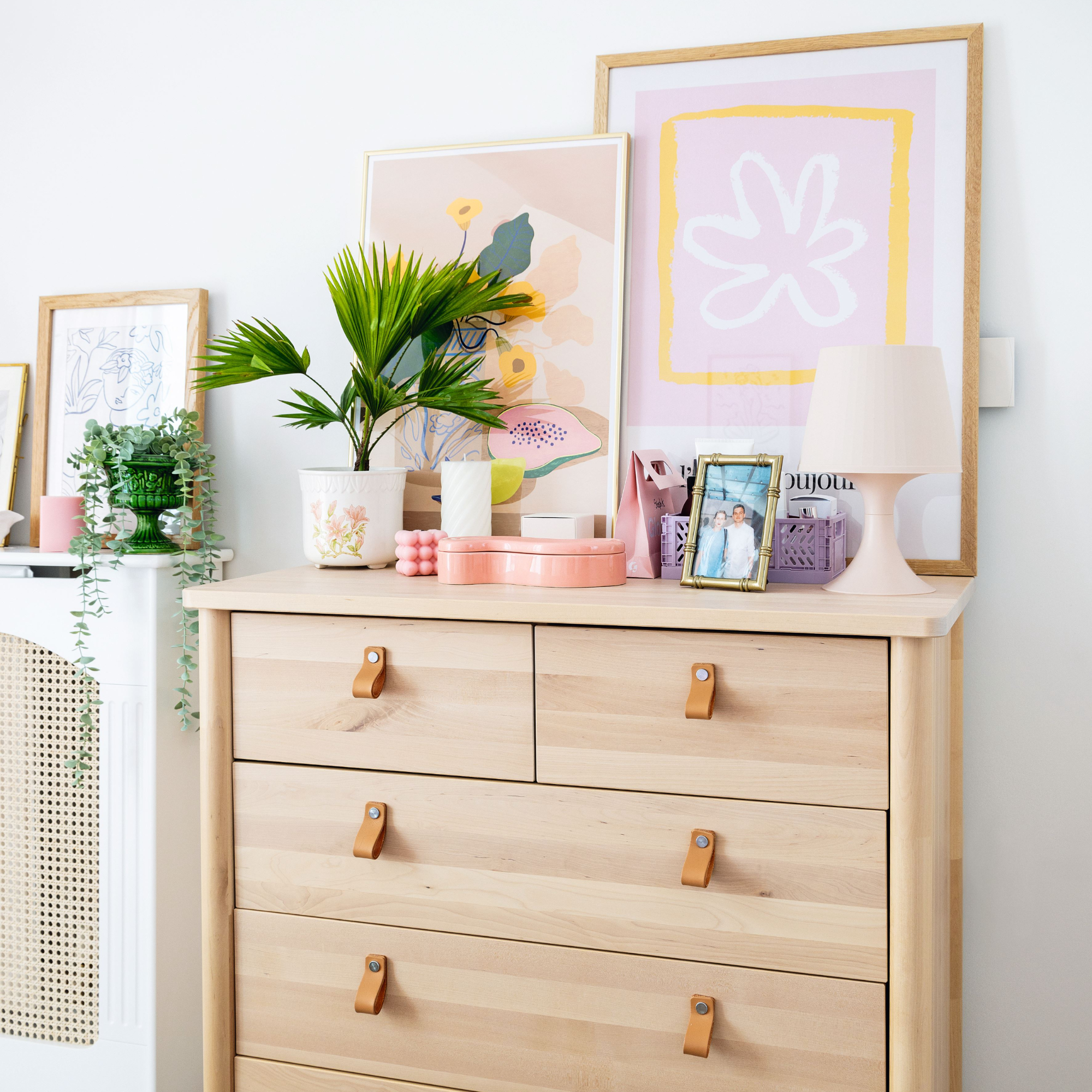
‘Some of the major sources of indoor air pollution are cooking and cleaning,' explains Professor Carslaw. 'Other sources are burning candles, using woodstoves and air-freshener use. These are mostly chemical sources, but there are also biological sources such as mould.’
Get the Ideal Home Newsletter
Sign up to our newsletter for style and decor inspiration, house makeovers, project advice and more.
There are two types of air pollution: airborne particles and gases. The best air purifiers will remove the former, but not the latter, although models with an activated charcoal filter will remove formaldehyde (such as Dyson’s Hepa Cool).
These are the main culprits and their sources:
- Nitrogen dioxide, carbon monoxide and particulates from gas cooking and heating, open fires and wood burners or burning candles, can cause asthma.
- VOCs (volatile organic compounds) in paints, carpets, laminates, cleaning products and air fresheners can cause asthma.
- Formaldehyde (or HCHO) in scented candles, plywood and particleboard, tobacco smoke, foam insulation, varnishes and wood finishes can cause asthma.
- Environmental Tobacco Smoke (ETS). This includes first, second and third-hand smoke from smoking and vaping. The third kind is released as a vapour from surfaces in the home. This is the source of the persistent odour that smoking or vaping can leave. ETS can cause cancers.
- Microbial aerosols, such as bacteria, fungi and pollen can exist on the surface of dust particles and cause wheezing and allergic rhinitis (cold-like symptoms). They also include airborne viruses such as flu and covid.
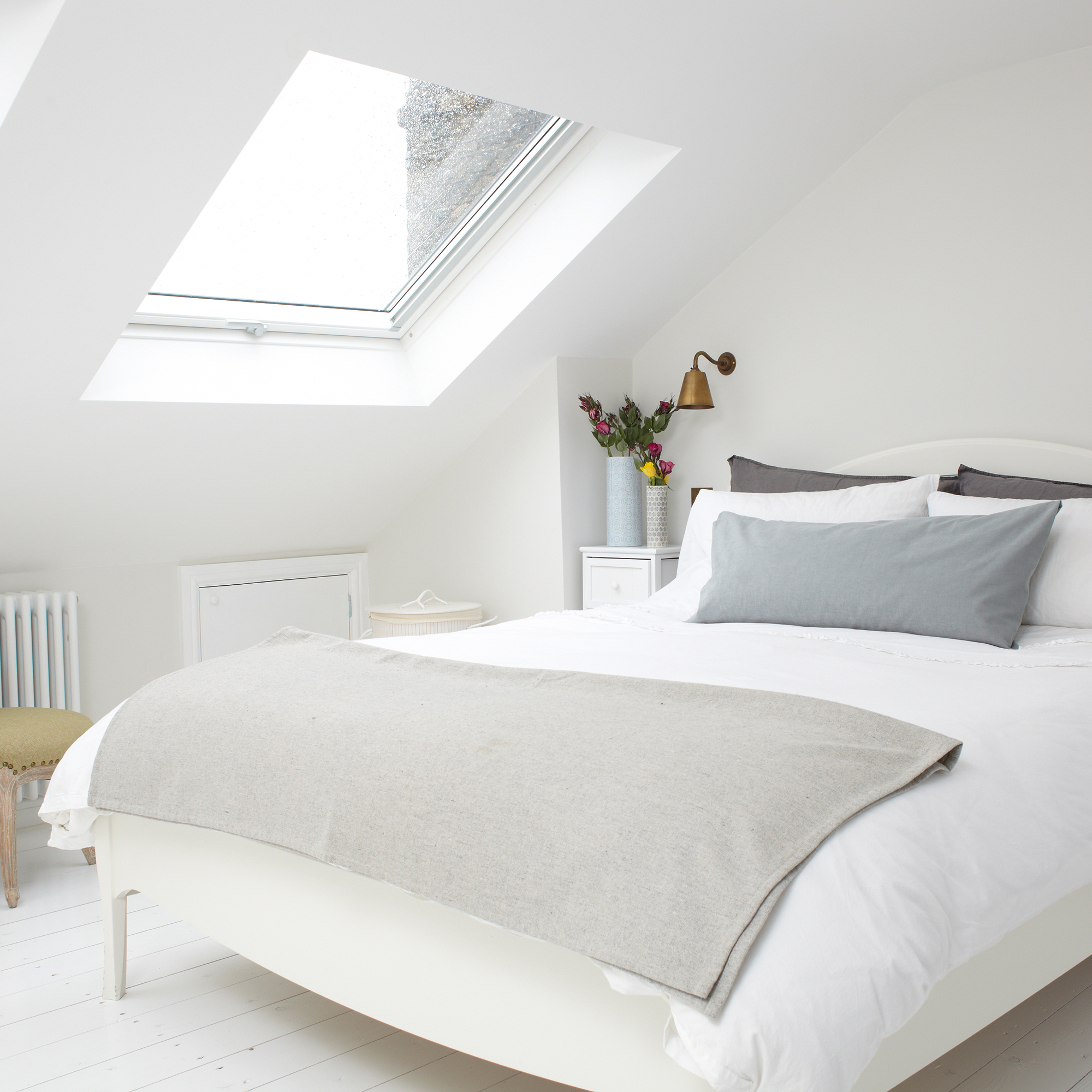
- Damp and mould. With modern homes becoming more airtight, mould is becoming more of an issue as water vapour is also retained. Atmospheric water vapour levels are also naturally higher in the UK compared to other parts of the world. The presence of damp and mould increases the risk of asthma, allergic rhinitis, coughing and wheezing.
- Radon. This naturally occurring gas enters buildings from the ground they are built on and can accumulate there. It is the second highest cause of lung cancer after smoking and high levels of exposure can cause childhood leukaemia. Geography and geology both play a part here, so check with the UK Health Security Agency if your home is in a high-risk area. If you’re a property owner, this would have been done as part of your solicitor’s searches when you bought the house. Testing your home’s radon levels is simple and inexpensive using detectors. The UK Radon Association has all the information and advice you might want.
How to improve air quality at home
Take these simple steps to purify the air you breathe for a healthier future.
1. Open the windows
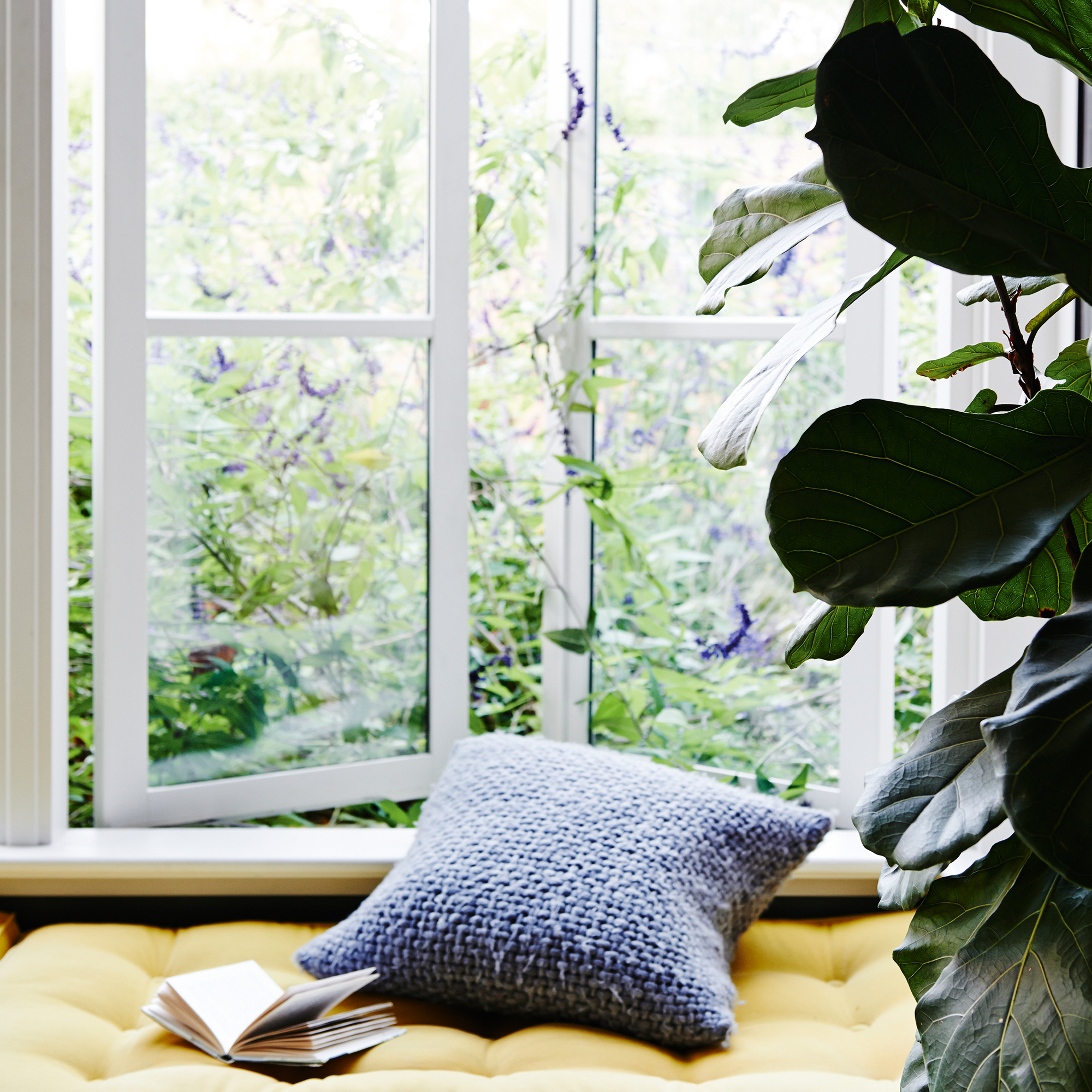
Keeping the heat in can lead to a build-up of moisture in the air that increases the likelihood of mould, mildew and damp on walls and windows – especially in high-humidity rooms like kitchens and bathrooms. Air rooms regularly and make sure the trickle vents on your window frames are kept open.
These are slots with a sliding cover that allows you to open and close the vent. Check they are not covered by curtains and blinds and keep internal doors open, to make them as effective as possible.
2. Cook smarter
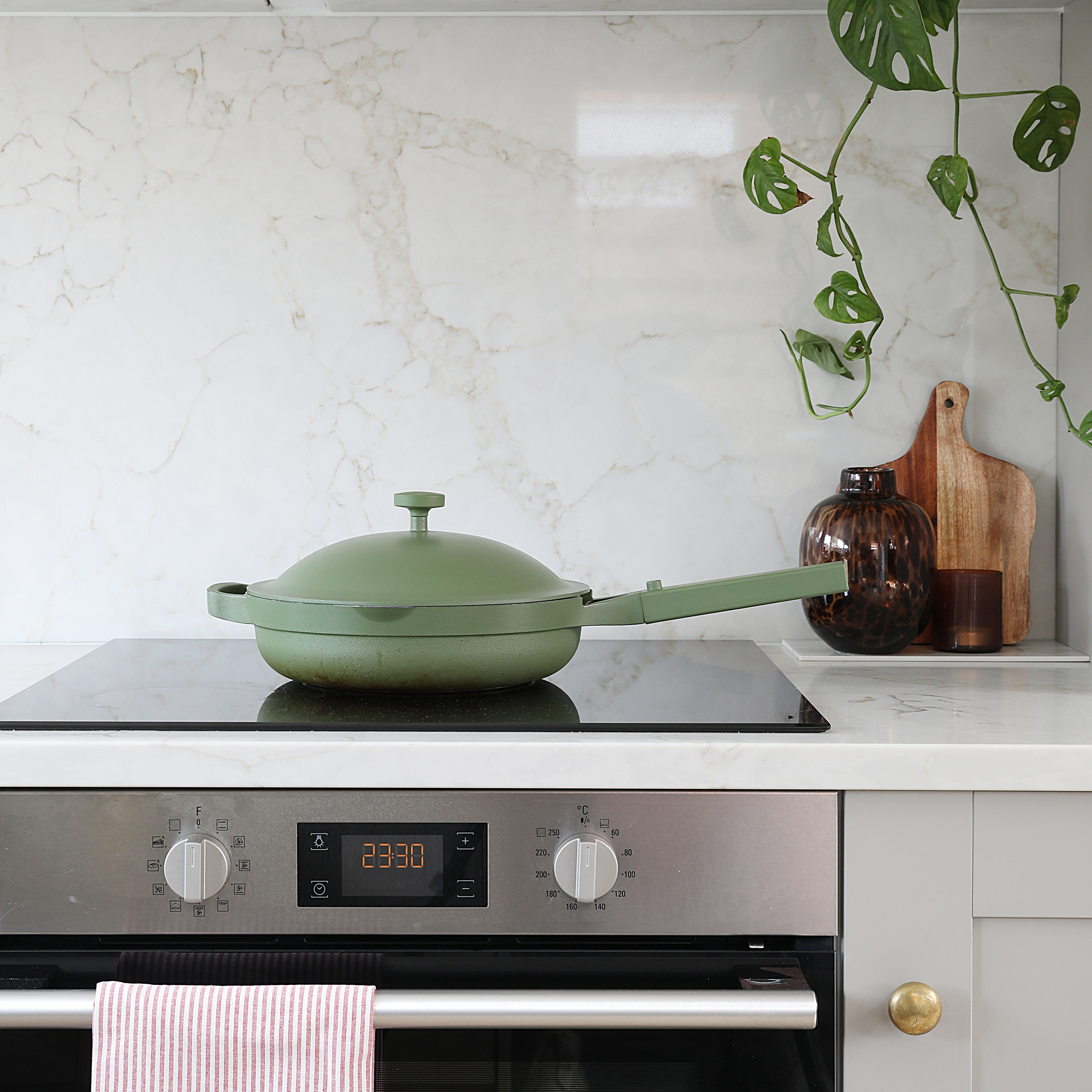
‘When cooking, use the extractor fan or open a window,' advises Professor Carslaw. 'Use the back rings of the hob rather than the front as the extractor fan works more efficiently with these. Steaming and boiling food is better than frying. And, finally, switch your gas hob to electric or induction when renovating.’
Furthermore, keep the window open for 10 minutes after cooking to allow particles, gases and moisture to disperse, and note that extractor fans should be vented outdoors rather than recirculate air into the kitchen to be fully effective. Of course, if you can use one of the best air fryers then you can avoid the hob much more easily.
In addition, research has shown that different types of cooking oil produce different levels and sizes of particles. To minimise both, switch from olive oil to sunflower oil when frying.
3. Reconsider that roaring blaze
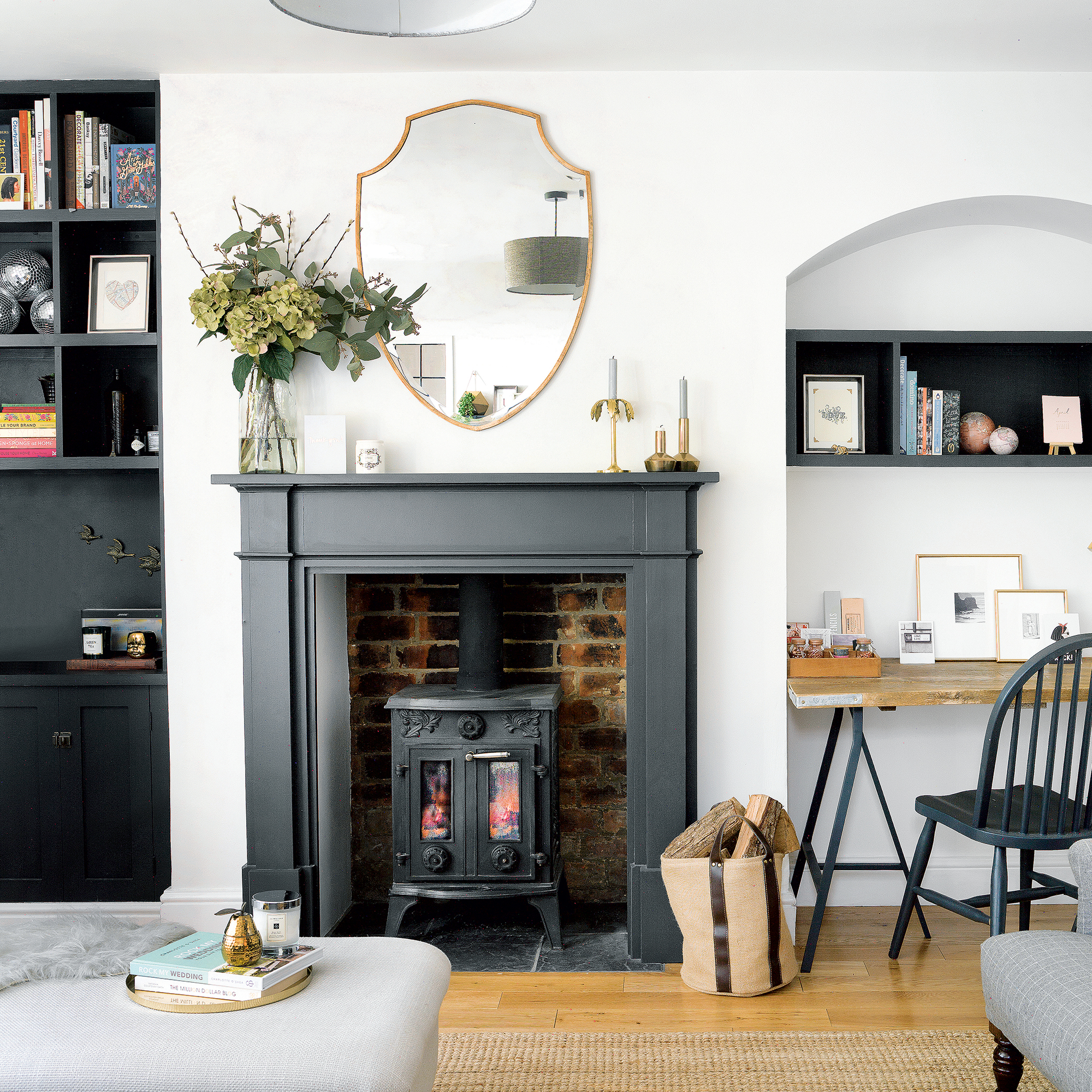
Everyone loves the cosy crackle of a wood-burner or open fire, but all solid fuel combustion contributes to both indoor and outdoor pollution. It’s important that your stove is well maintained and that you only burn well-seasoned wood to minimise emissions.
4. Swap wax candles for battery-powered ones

Burning candles produces particulate matter and formaldehyde. If you choose scented candles, these release VOCs (volatile organic compounds) in addition. If you just love a scented candle and don’t want to deny yourself the pleasure, set a time limit on usage and open a window.
5. Don’t use home fragrance
Other forms of home fragrance are also polluting the air in your home with VOCs and other chemicals. Aerosols are the worst, thanks to the propellants in them. Incense produces particulate matter and plug-ins release VOCs.
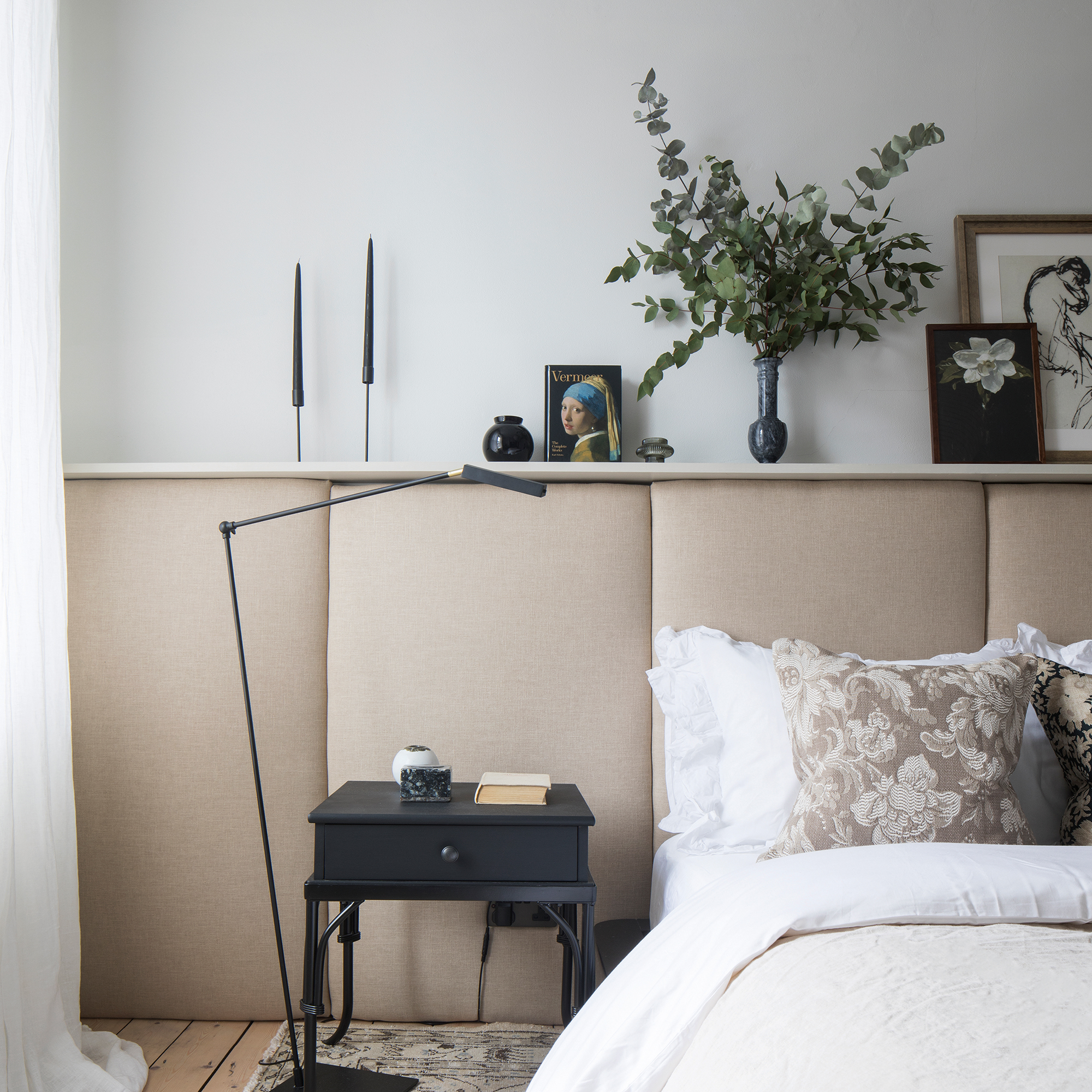
6. Stop spritzing scented products
Scented cleaning and personal-care products emit VOCs, so look for unscented everything – from shampoo to surface cleaner.
‘Avoid scented products if you live with someone who is prone to respiratory issues,' advises Professor of Indoor Air Chemistry, Nicola Carslaw. 'Switch from spray cleaners to cream cleaners and from spray-on deodorant to roll-on. Ecofriendly cleaners often contain as many fragrance compounds as regular cleaners, so are unlikely to reduce your exposure. Look for unscented products instead.’
7. Dry washing outdoors
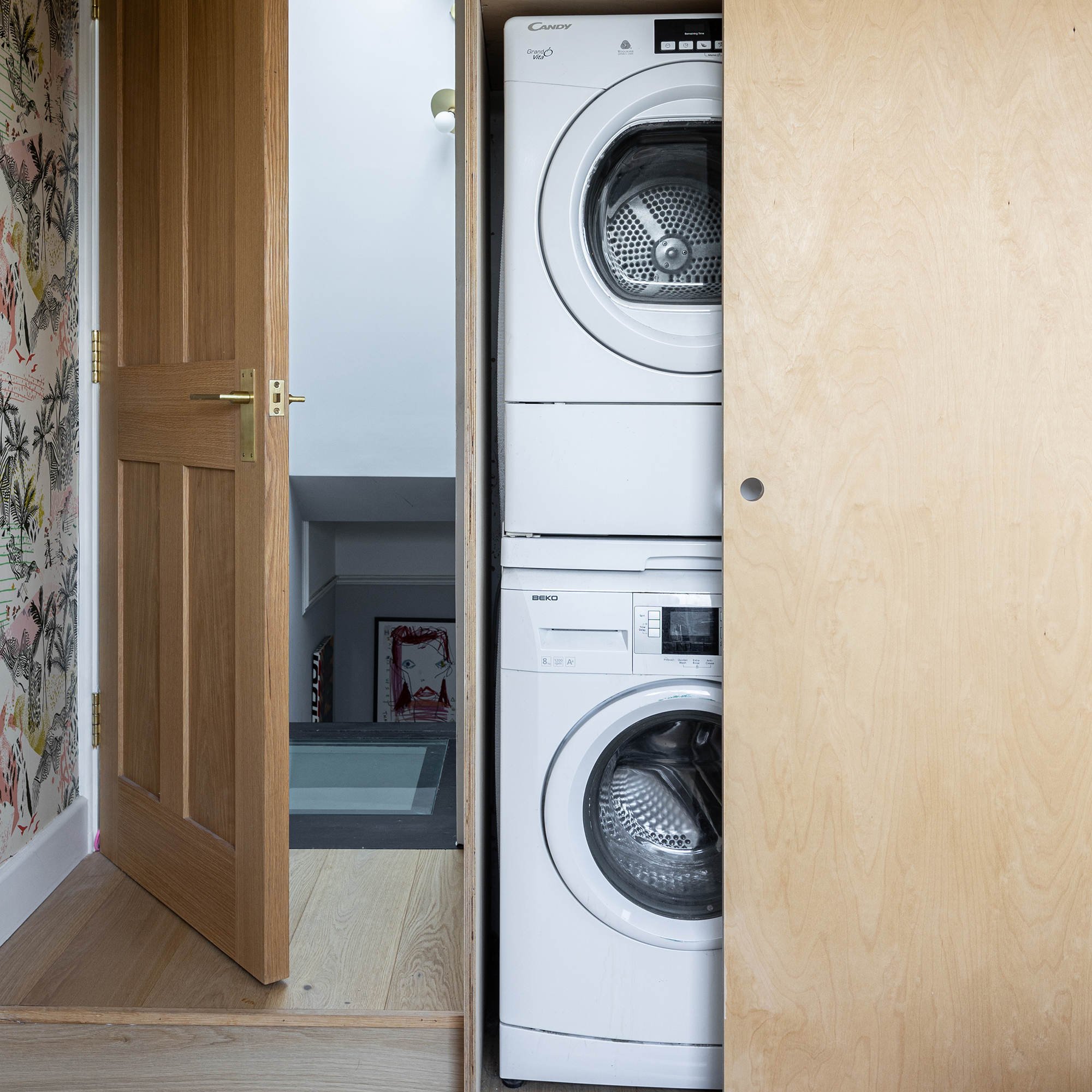
In his book Dampness in Buildings, construction expert Alan Oliver concluded that drying clothes indoors can produce 3-7.5 litres of moisture. Drying laundry indoors can also increase levels of other pollutants if scented laundry liquid and fabric conditioner have been used.
The safest way to dry is outdoors, or if that’s not possible, dry clothes indoors with an efficient dehumidifier running nearby. Yes, there’s a cost attached to this, although it’s significantly cheaper than running a tumble dryer. Our investigation into the cost of running a dehumidifier found that it will set you back from 5-14p per hour.
8. Renovate with safer building materials
Plasterboard for stud walls, particleboards like MDF and plywood, as well as insulation materials, floorings and coatings such as paints, waxes and varnishes all contain pollutants. If you are planning a project, check DEFRA’s Indoor Air Quality Report for a full list of materials to avoid or replace with safer alternatives.
9. Use an air purifier
Many have limited effectiveness at cleaning indoor air and some actually generate secondary pollution. However, the latest generation of the best air purifiers can be efficient at removing pollutant particles – ideal if you have asthma or allergies.
For example, Bluair’s HepaSilent technology can now remove 99.97% of particles and Dyson has taken a step beyond with its HepaCool models that can detect and destroy formaldehyde.
Whatever you choose, it’s crucial that you regularly replace the filter for it to work effectively. Shop around, looking for the highest CADR (clean air delivery rate) and check the range of a device, as many will not cope with large spaces and buying more than one could be required.
FAQs
How do I naturally purify the air in my house?
Before you head out to buy armfuls of houseplants, they won’t clean the air in your home in any significant measure. This myth is based on a 1989 study by Nasa which measured plants’ abilities to purify air. However, in terms of tackling multiple causes of indoor air pollution, the effects are negligible.
Another old wives’ tale is using net curtains as a ‘filter’. Yes, sheers will trap some dust and exhaust particles and they allow better ventilation than heavy, draught-stopping curtains, but the simplest way is to open the windows regularly.
What causes poor air quality in the home?
‘Usually poor ventilation. If most of the pollutants are being formed indoors, a poorly ventilated home will allow the pollutants to build up,' explains Professor of Indoor Air Chemistry, Nicola Carslaw. 'Poorly ventilated homes also tend to favour build-up of mould and damp.'
'Of course, if you’re next to a busy road, ventilating your home might make things worse. It’s a balance between indoor and outdoor sources of pollution.’
Her advice? ‘It’s usually a good idea to ventilate your home well. If you do live near a busy road, open windows on the opposite side of the house, or outside rush hours. Air purifiers can also be used if ventilation is insufficient to clean the air in your home.’
What are the symptoms of bad indoor air quality?
Seeing mould, damp or mildew is a sure sign of poor ventilation and the air quality associated with it. ‘Usually odour, although you can become accustomed to odour after a while,' adds Professor Carslaw. 'Poorly ventilated rooms can also make people feel sleepy.’

Vanessa Richmond has been a freelance writer, editor and editorial consultant since 2021. Her career in magazines began in 1998 and, apart from a four-year stint at women’s lifestyle magazine Red, it has been spent working on interiors titles including House Beautiful, Country Homes & Interiors and Style at Home. She is a former editor of Ideal Home, Country Homes & Interiors and Style at Home magazines. She has also worked for House Beautiful and Red. During her 25 years as a journalist, she has been a sub-editor, columnist, deputy editor and editor. Now she combines freelance writing with being a secondary-school English teacher.
-
 Who is responsible for repairing a party wall?
Who is responsible for repairing a party wall?How to find out who should be organising and paying for the work
By Natasha Brinsmead
-
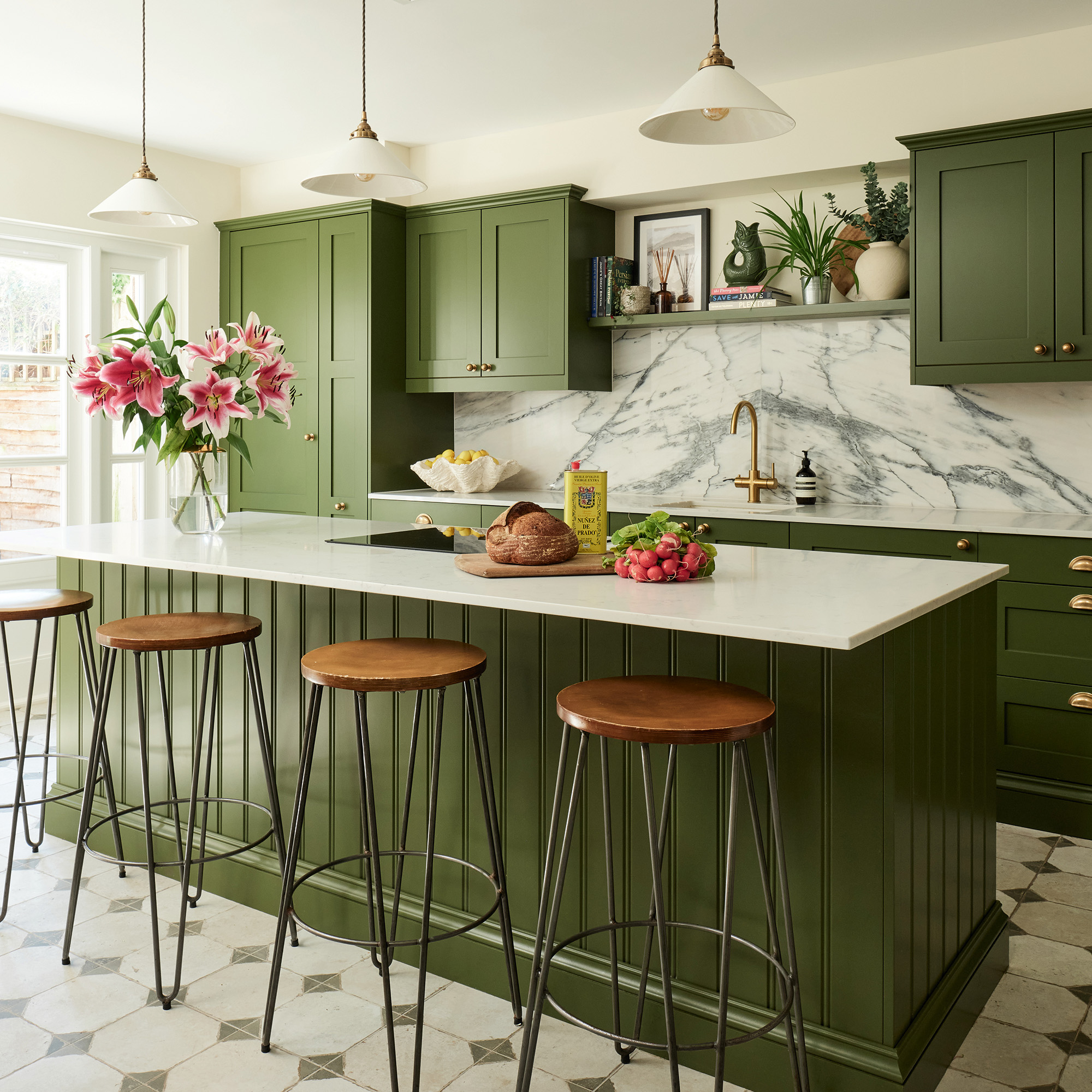 Overcoming limited space and doing away with an awkward layout, this couple created a family kitchen filled with elegant touches
Overcoming limited space and doing away with an awkward layout, this couple created a family kitchen filled with elegant touchesThe symmetrical layout is full of luxurious details
By Holly Reaney
-
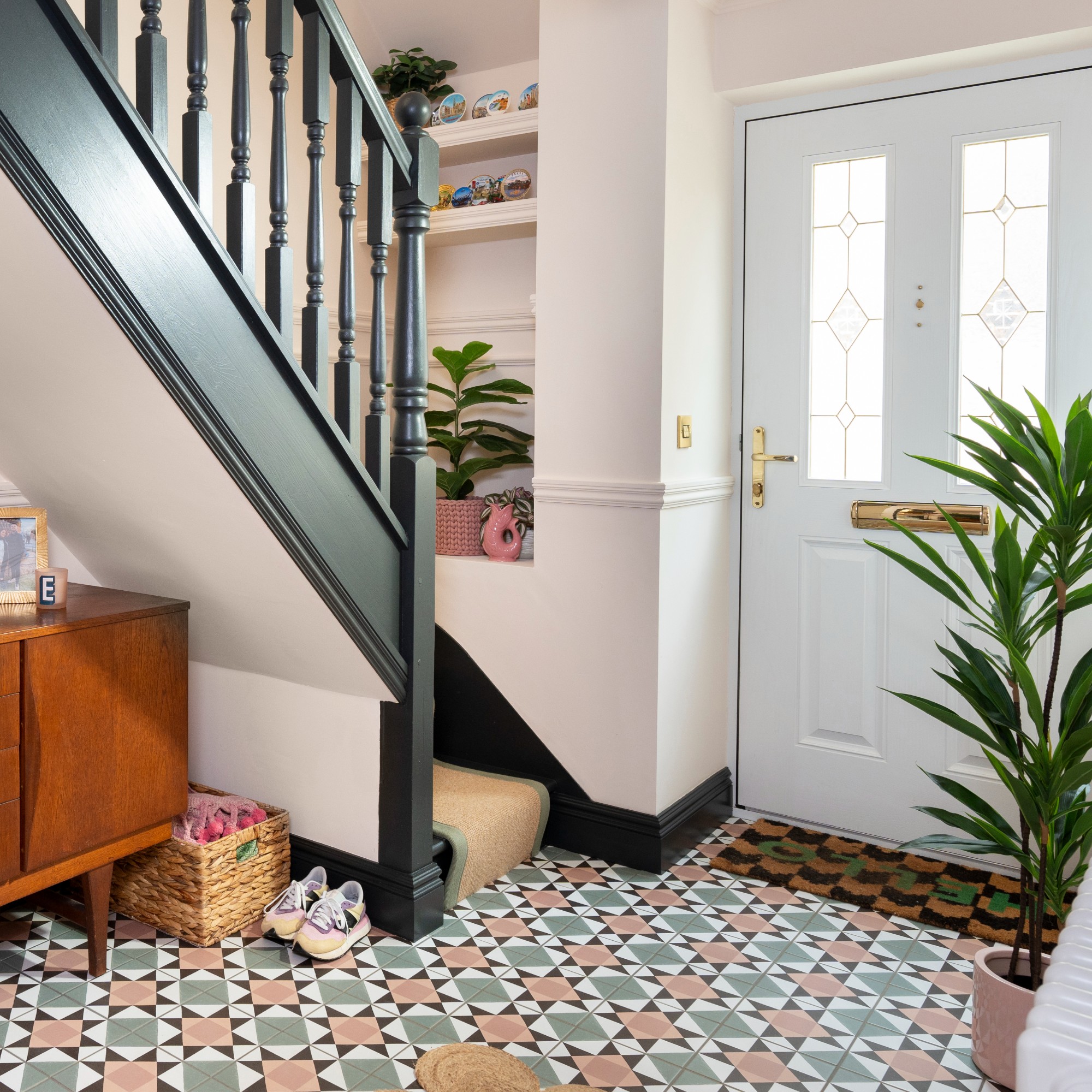 Should your doormat go inside or outside the front door? According to experts I've been getting it wrong for years
Should your doormat go inside or outside the front door? According to experts I've been getting it wrong for yearsExperts reveal the best spot for a a doormat based on your preferences and where you live
By Sara Hesikova
-
 Hygge living room ideas — 6 ways to warm up your home with this Danish concept and cosy aesthetic
Hygge living room ideas — 6 ways to warm up your home with this Danish concept and cosy aestheticHunker down until summer finally arrives with these warming ideas
By Rebecca Knight
-
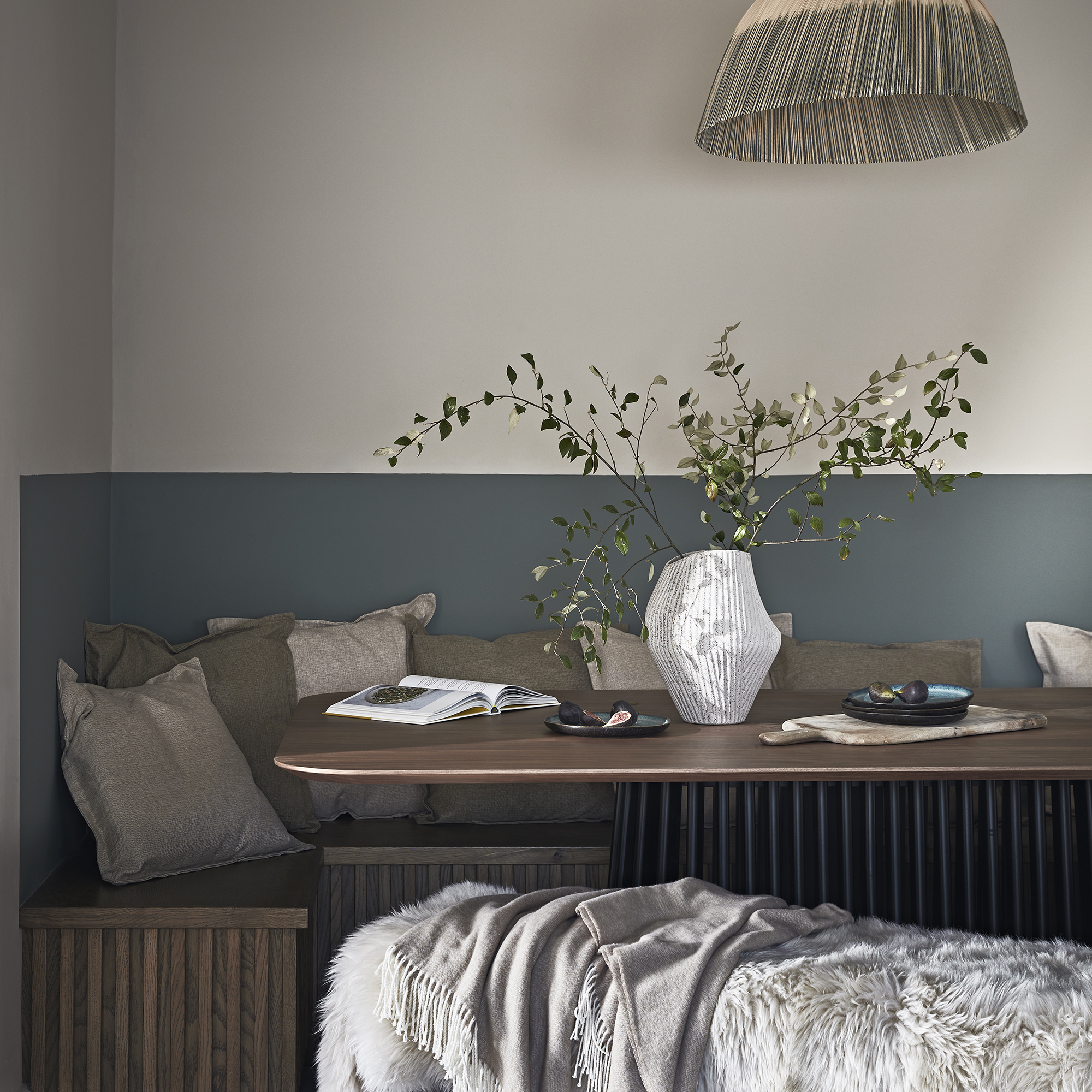
 How to create a sensory home – interiors experts reveal 5 easy ways to style your home and soothe your mind
How to create a sensory home – interiors experts reveal 5 easy ways to style your home and soothe your mindYou can turn any space into a sanctuary by following these simple steps
By Maddie Balcombe
-
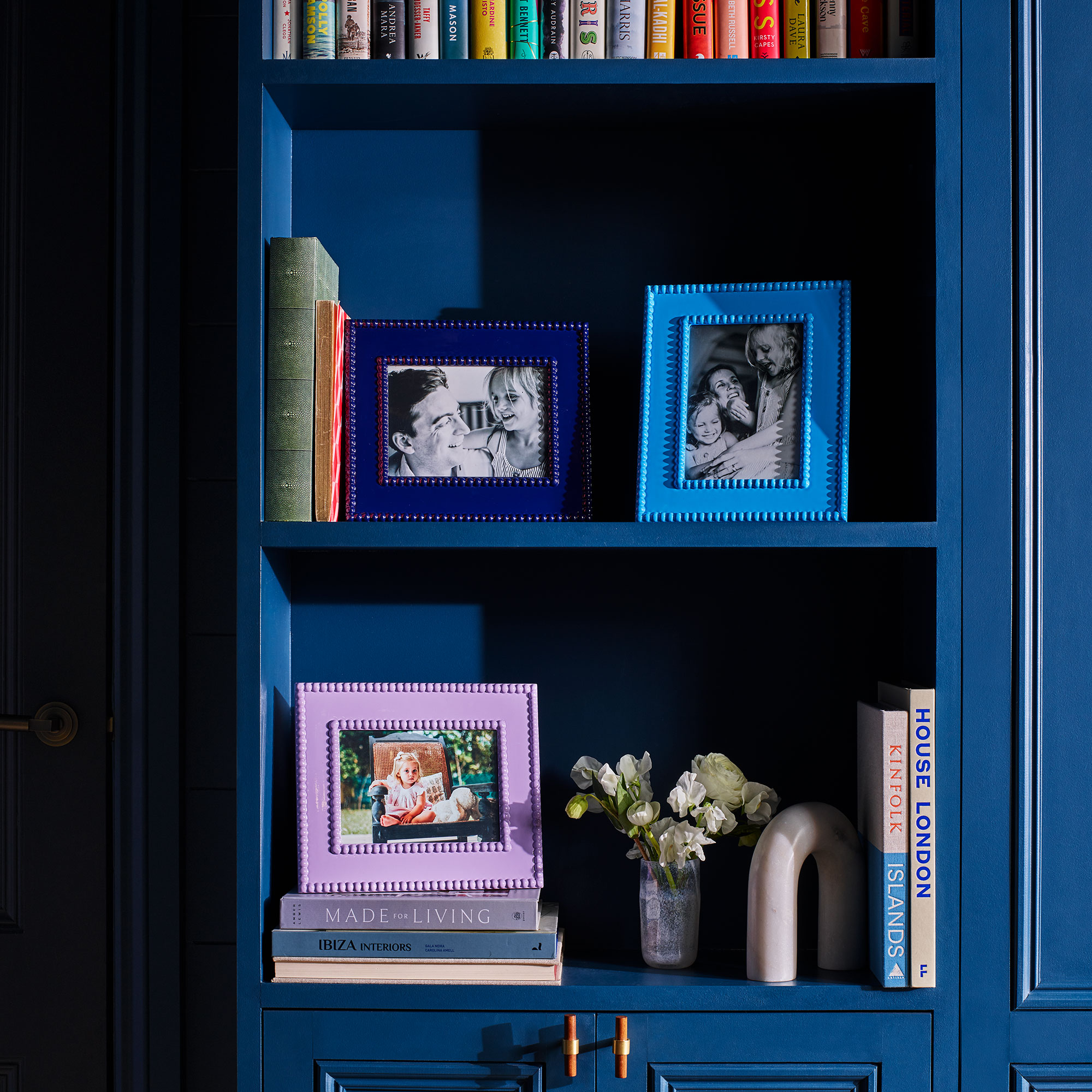
 Can displaying family photos at home make you happier? According to research it can — 5 ways to do it in style
Can displaying family photos at home make you happier? According to research it can — 5 ways to do it in styleHarness the mood-boosting power of looking through old photos by displaying your favourites
By Rebecca Knight
-
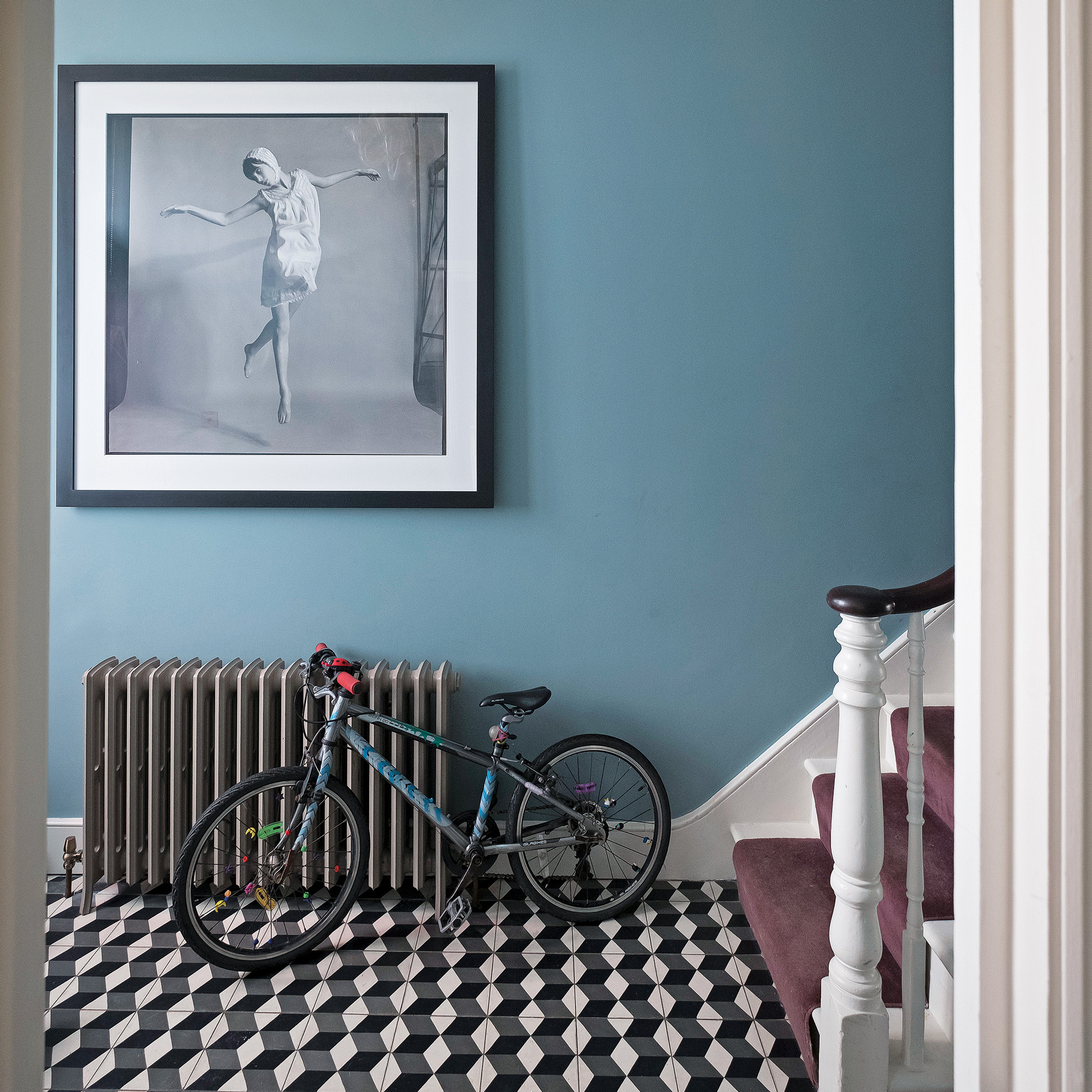 How to make a hallway smell incredible without candles - 7 ways to gently fragrance your entranceway
How to make a hallway smell incredible without candles - 7 ways to gently fragrance your entrancewayGo flame-free to safely scent your entryway
By Vanessa Richmond
-
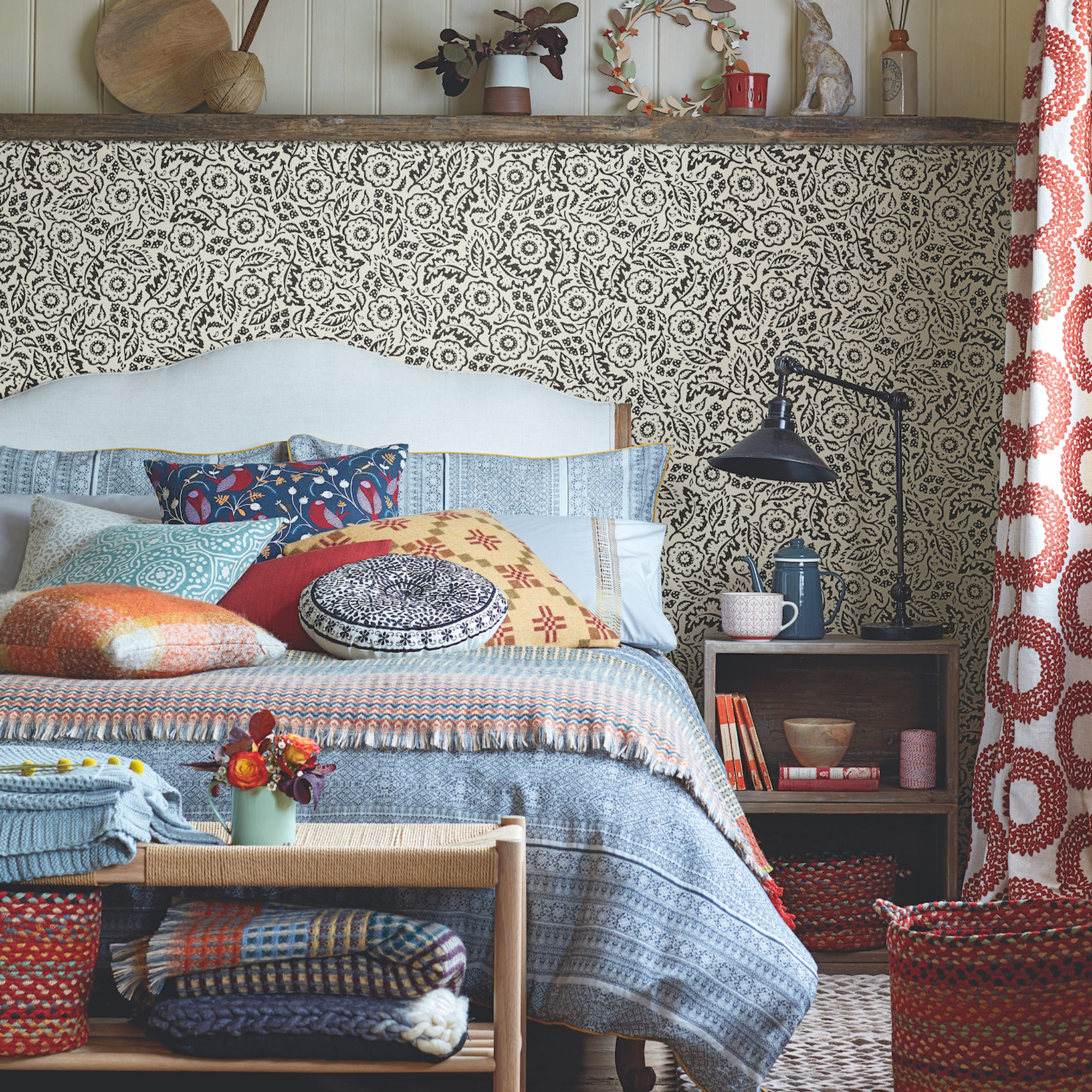 6 ways I brighten my home in January when the Christmas decorations come down, as an interior stylist
6 ways I brighten my home in January when the Christmas decorations come down, as an interior stylistHelp banish the winter gloom with these uplifting ideas
By Laurie Davidson
-
 Kitchen hacks to encourage healthy eating habits — 7 ways your kitchen can support healthy living
Kitchen hacks to encourage healthy eating habits — 7 ways your kitchen can support healthy livingMake creating healthy changes easy by following these tips
By Eilidh Williams
-
 How to reset your home after Christmas to restore a sense of calm
How to reset your home after Christmas to restore a sense of calmFollow these 7 steps to get back to normal at home and beat post-Christmas blues
By Eilidh Williams
-
 How to make a house look more inviting - 8 ways to quickly boost your house’s appeal in time for Christmas
How to make a house look more inviting - 8 ways to quickly boost your house’s appeal in time for ChristmasMake visitors feel welcome from the second they step foot on your property
By Vanessa Richmond